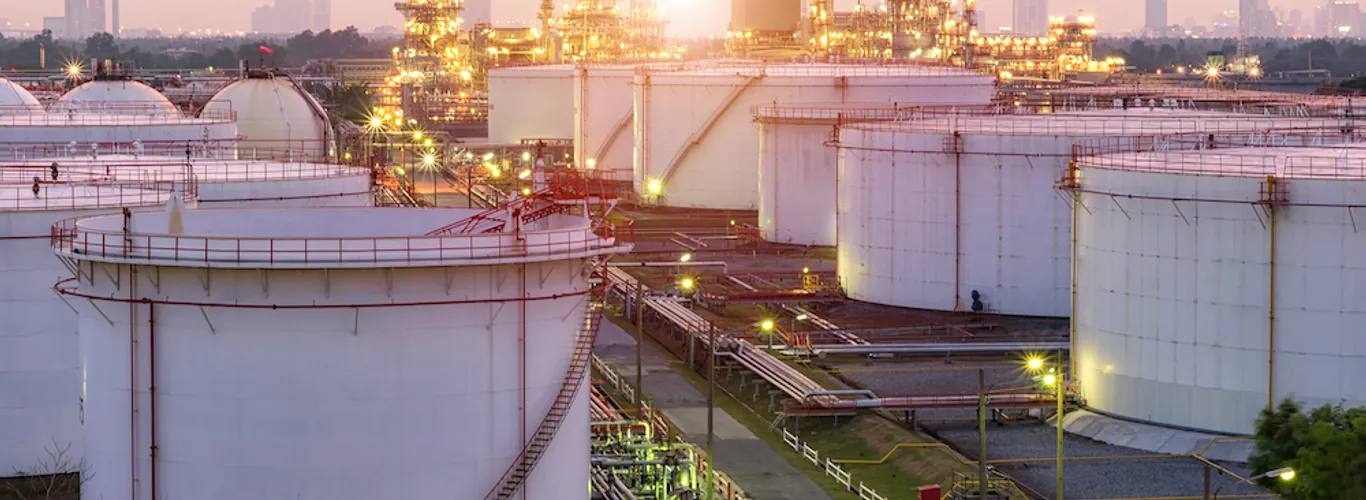
Introduction
Floating roof tank fires are one of the most dangerous hazards for petrochemical storage farms, especially those at an airport or near an active runway storing refined and highly flammable products such as Jet A1 or Kerosene fuel. Incipient rim seal fires can escalate into major disasters when intense heat causes loss of stability in the tank shell, triggering the roof to sink under the tank contents resulting in a major full surface tank fire. This in turn causes major disruption to the aviation industry setting off airport downtime and runway closures due to safety and visibility issues. In December 2018, It was estimated that a 33 hour closure at Gatwick airport cost over £50 million ($65 million) [Source: “GATWICK DRONE DISRUPTION COST OVER £50M https://www.independent.co.uk/travel/news-and-advice/gatwick-drone-airport-cost-easyjet-runway-security-passenger-cancellation-a8739841.html “]
Industry articles suggest that 33% of fires in open floating roof tanks start in the rim seal area between the floating roof and the tank wall. Lightning strikes are seen as the frequent source for such fires, but any circumstances where vapours leak through the circumferential seal or create an explosive mixture in the space above the liquid can result in static electricity or another source of ignition that starts a fire. When it comes to floating roof tanks at or nearby airports, incipient fires, if not put under control quickly, could spiral into a major threat causing millions of dollars in losses.
Three reasons why
First line of attack rim seal fire protection systems are excellent solutions to help eliminate any risks of rim seal fires escalating to full surface tank fires. By addressing these risks early, efficiently, and automatically without the need for human intervention, hazards can be significantly reduced, fires brought under control in a matter of seconds, and major losses averted.
There are three main reasons why installing first line of defence systems is a great mitigation measure:
1. Airport downtimes and runway closures
By installing first line of attack systems on nearby storage facilities, oil companies will be able to avert major disruption costs to airports and the aviation industry that could arise from any rim seal fire erupting black smoke into the atmosphere causing flights diversion and airport closure.
2. Foam contaminating Kerosene or jet fuel
Unlike foam, gas-based first line of attack systems extinguish fires quickly without contaminating the product. While foam systems are designed to blanket the rim seal area with foam in 20 minutes as per NFPA 11, first line of attack systems are designed to extinguish these fires locally within seconds without any contamination. There are no cleaning up, refining, or environmental impact costs.
3. Automate & reduce the response time
Airport fire brigades are always training to enhance their response time in case of any fire within their facility, this will depend on many factors including preparedness, training, and maintenance of the equipment they use. It is estimated that the average response time for an airport fire brigade responding to a fire is approximately 3 minutes. By installing a 24x7 automatic monitoring and extinguishing system, any human error is neutralized and fires are brought under control within seconds.
Conclusion
Rim seal fire extinguishing systems are an important means to bring floating roof fires under control quickly and eliminate any threats. However, when it comes to storage tanks in proximity to airports and active runways there are even stronger reasons why installing such solutions is a very good risk mitigating tool.